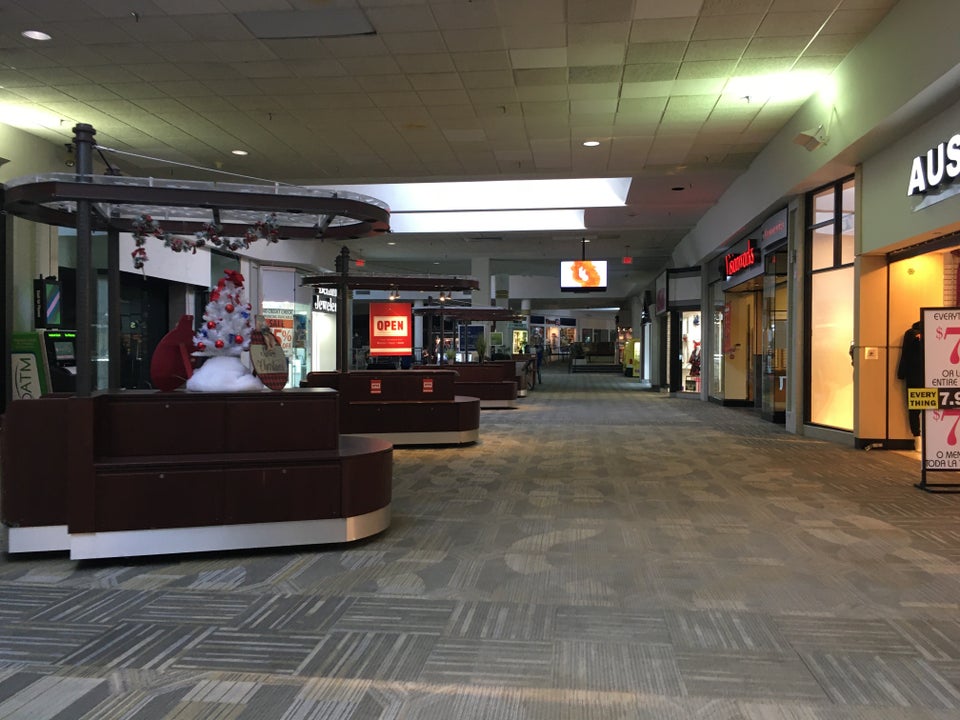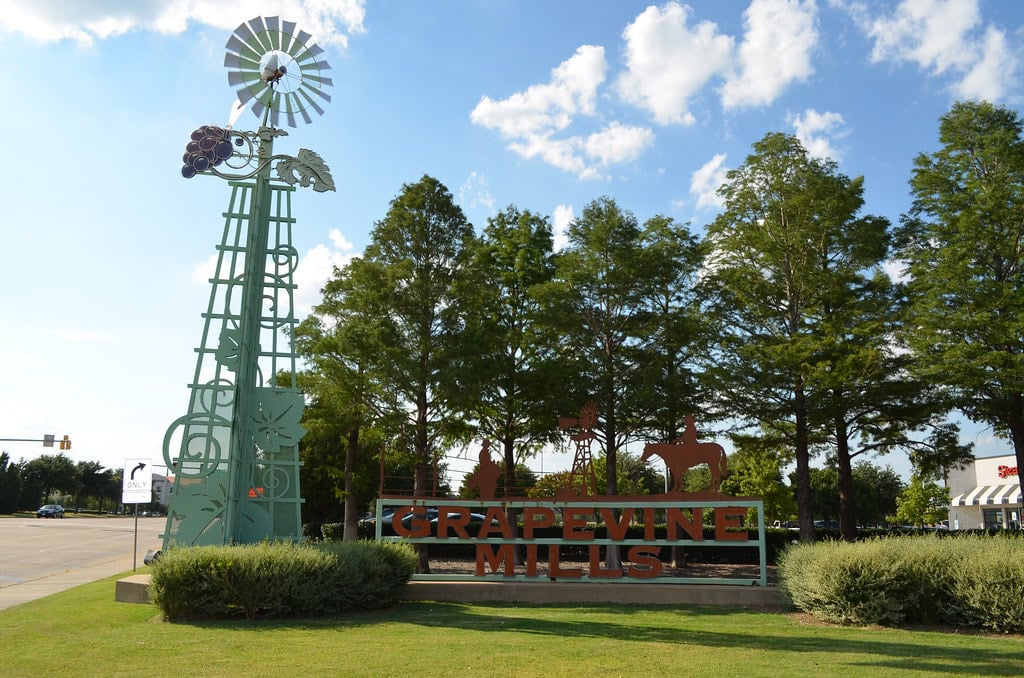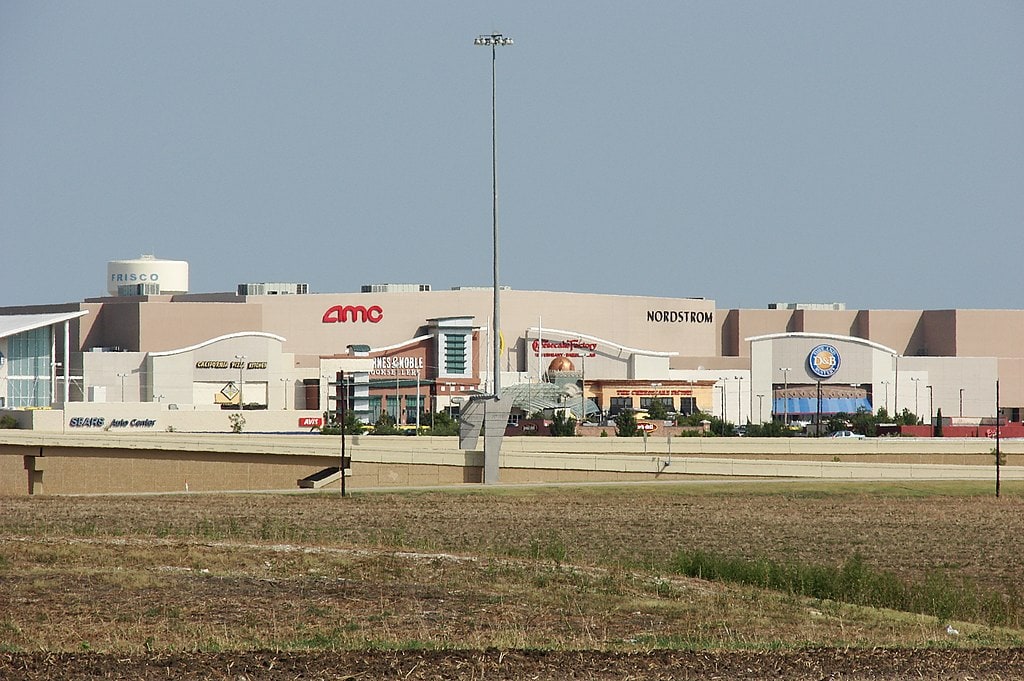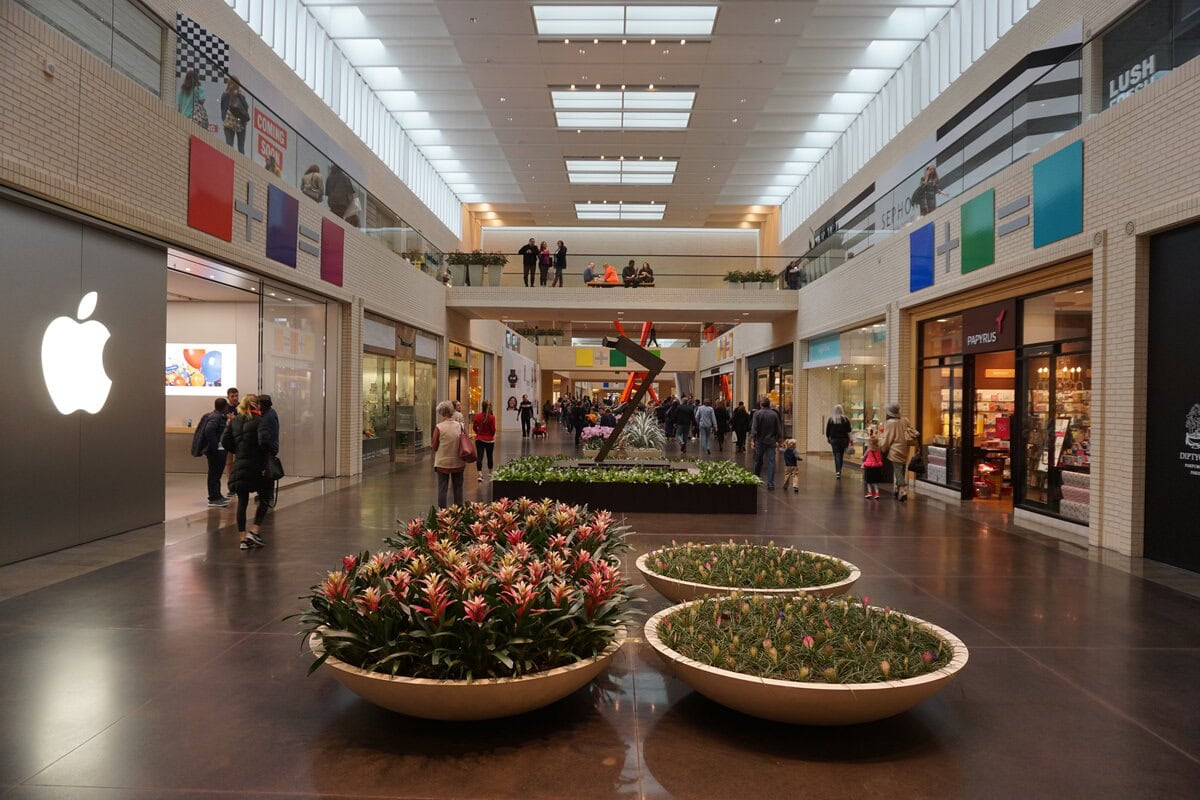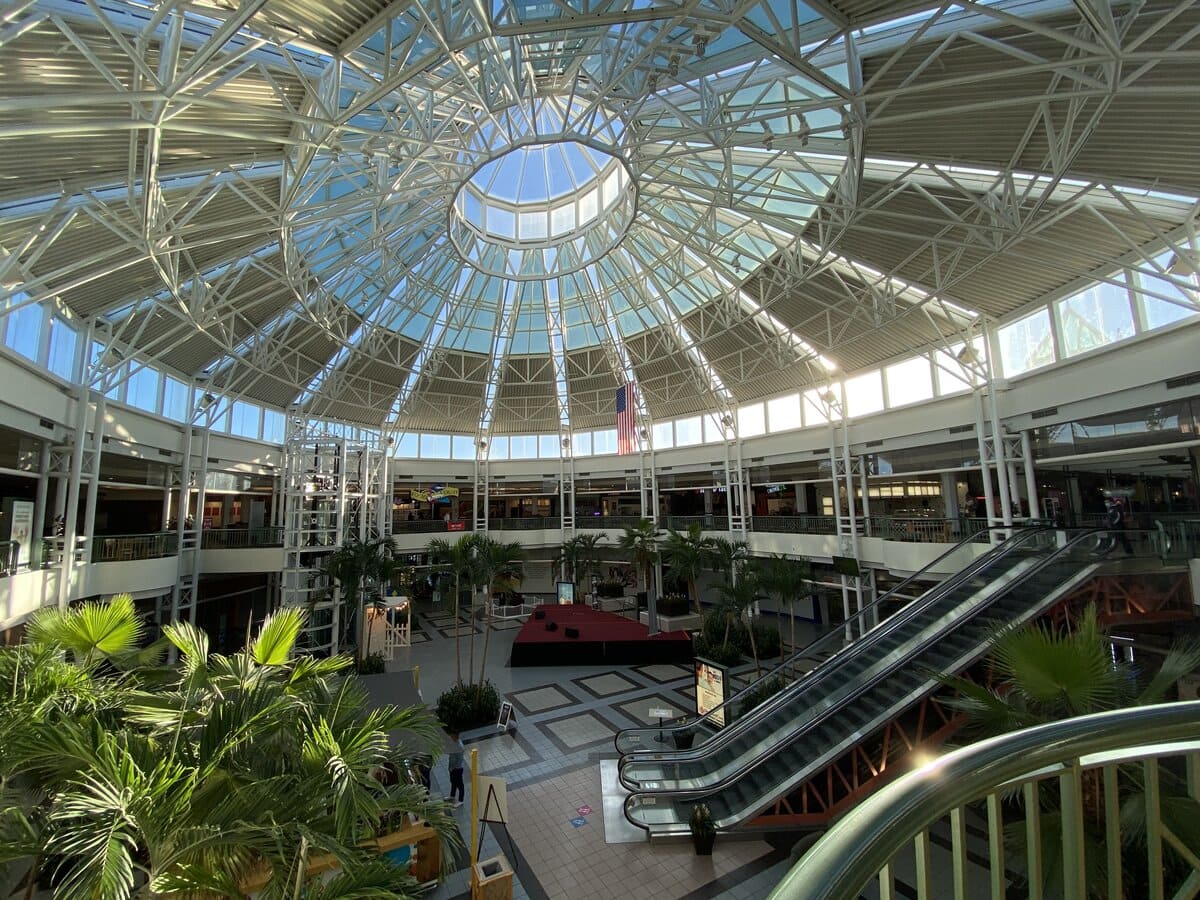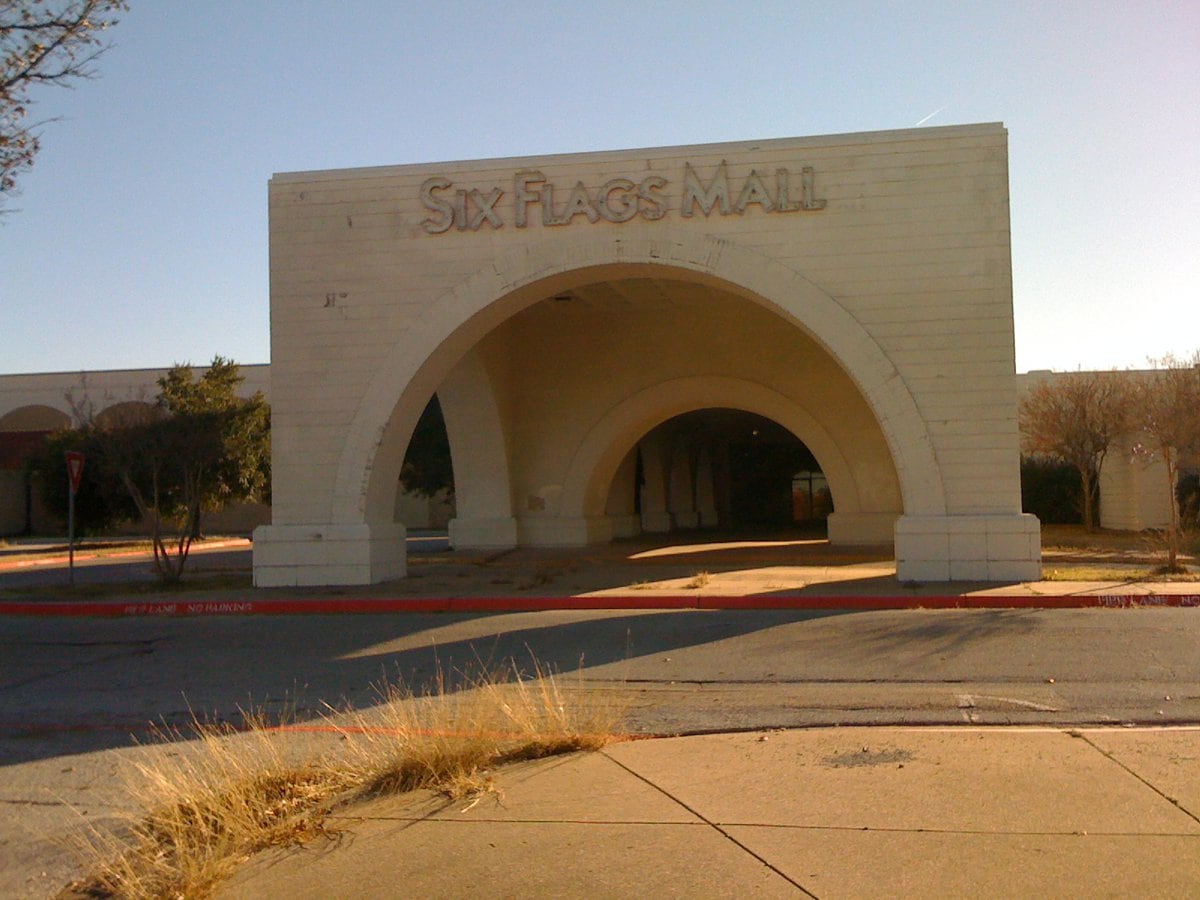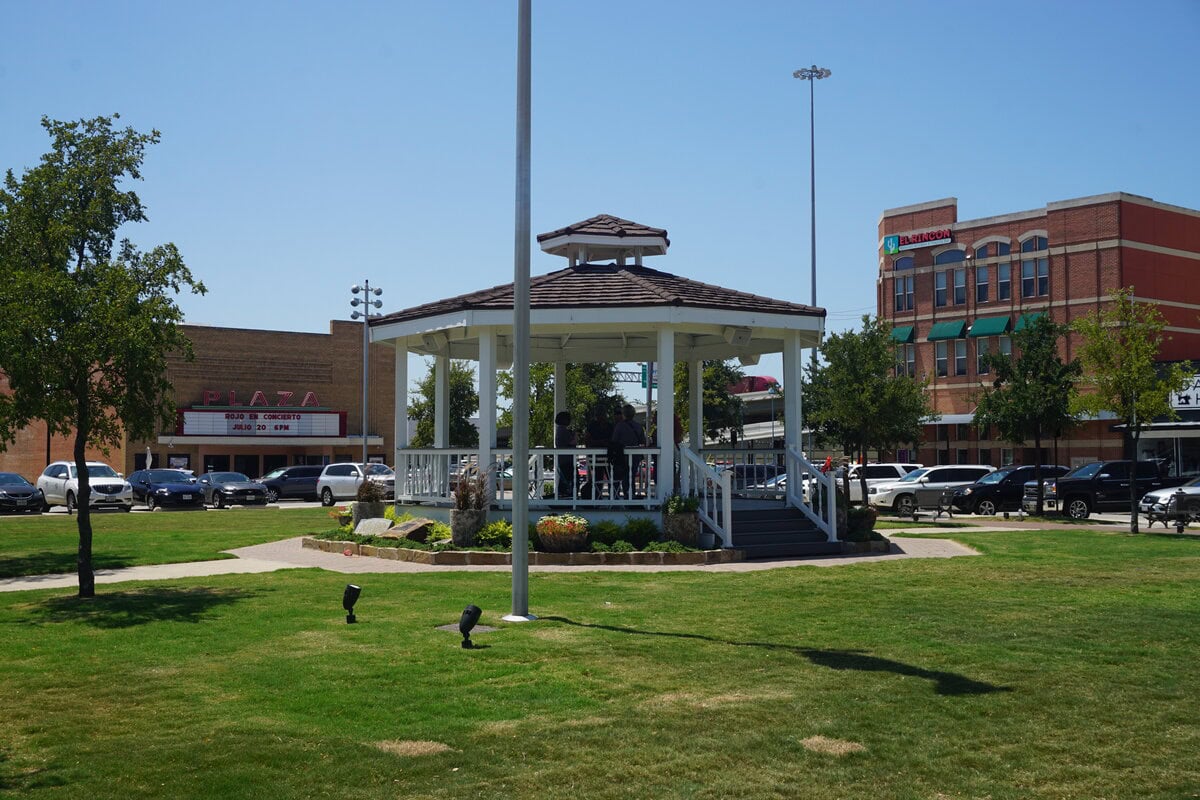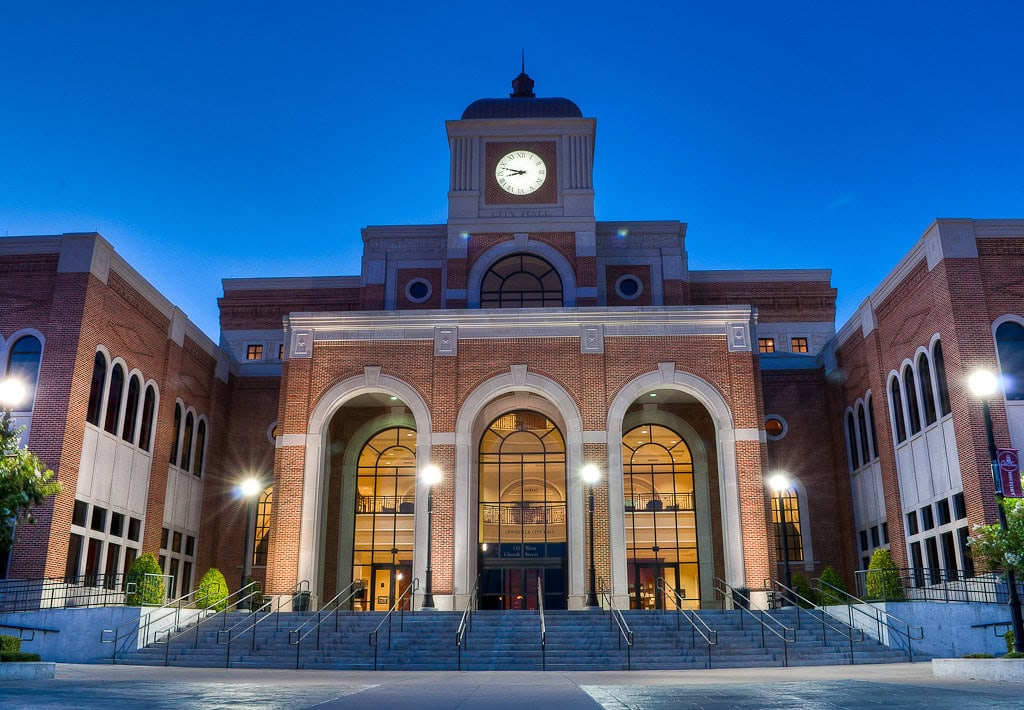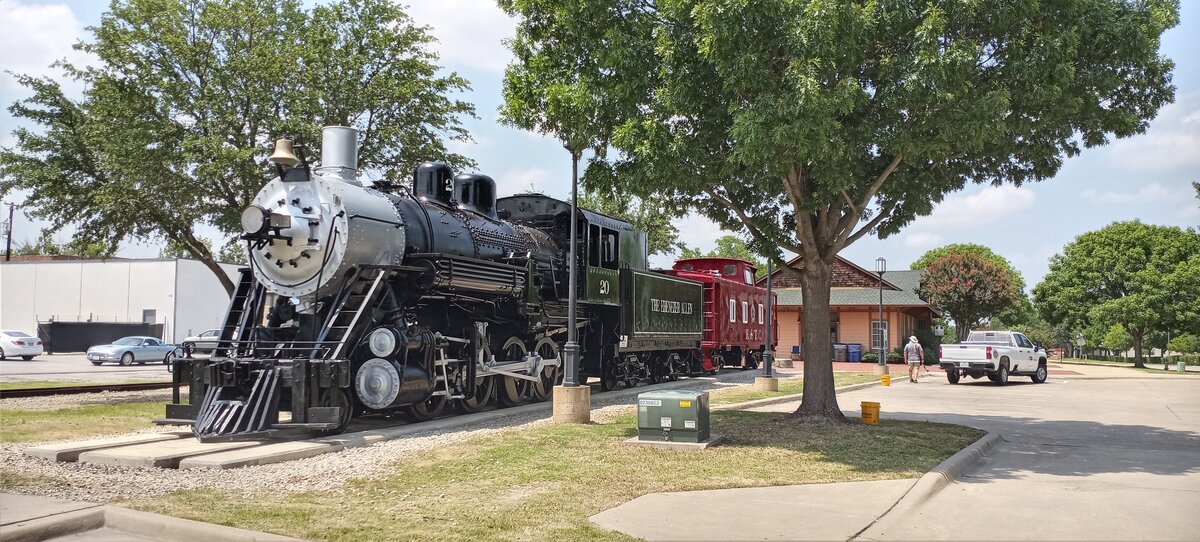A Plant Beside the River
Along the bend of the Trinity River, west of downtown Dallas, the Southern Star plant once hummed with the rhythm of a growing city.
Its tall silos and conveyors rose behind chain-link fences, feeding trucks that carried wet concrete to jobsites across the region.
Every pour left a trace of this place in the skyline.
The plant opened in the early 1970s, when Dallas was expanding in every direction.
Back then, this stretch of Singleton Boulevard was pure industry, a corridor of foundries, warehouses, and truck depots.
Southern Star mixed concrete day and night for highways, skyscrapers, and shopping centers.
The air smelled like lime and diesel.
Workers came and went in shifts, wiping gray dust from their forearms before clocking out.
No one imagined the plant would one day sit silent, surrounded by art galleries and wine bars.
From Industry to Intrusion
When Trinity Groves began rising across the street in the early 2010s, everything changed.
The developers had big plans for West Dallas: restaurants, apartments, art spaces, and tourists who wanted skyline selfies.
But the old plant next door clashed with the new image.
Its mixers still turned, its trucks still rumbled, and its gray powder drifted over rooftops and patios.
Residents complained about the noise. City leaders called the plant incompatible with progress.
In 2015, after months of debate, the Dallas City Council offered Southern Star $2.5 million to move its operations three miles west.
The vote was close, reflecting a larger tension that Dallas knew too well: when the city wants to reinvent itself, something old always has to give.
Southern Star agreed to relocate, and the land it occupied was sold to West Dallas Investments, the developer behind Trinity Groves.
Plans for a luxury hotel and mixed-use towers appeared in the local papers, accompanied by renderings of glass and light.
It felt like a new era was coming.
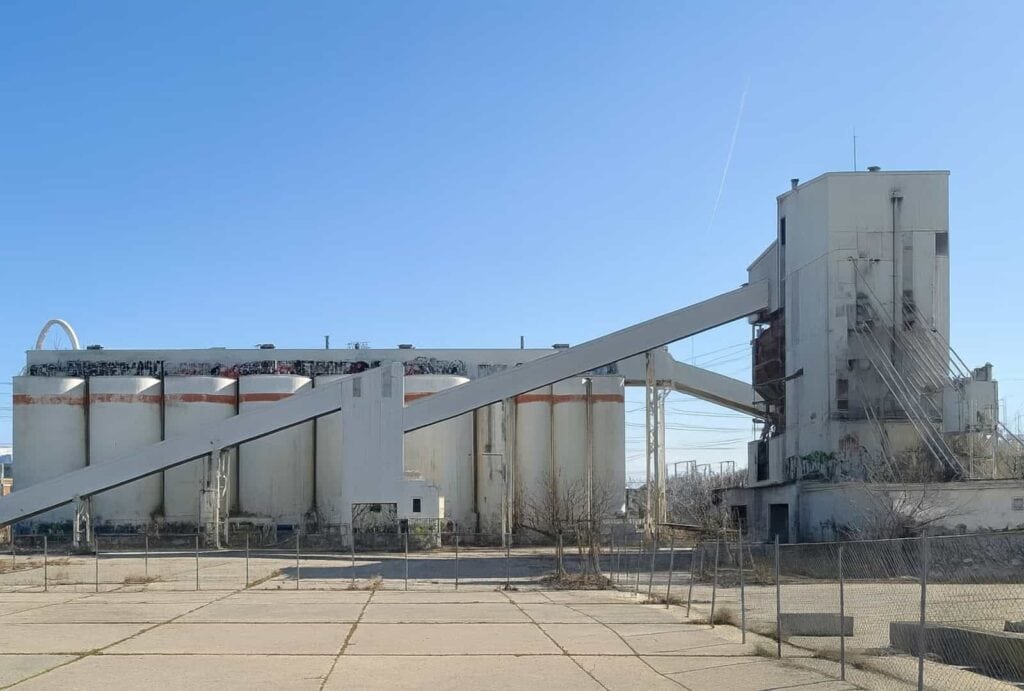
The Dream That Stalled
When the last truck rolled off the Singleton lot, there was no ceremony.
Workers left behind piles of aggregate, stripped wiring, and rusting machinery.
The silos, painted pale gray, became hollow markers of a business that had fed Dallas construction for half a century.
For a time, it seemed the demolition crews would arrive any week.
But nothing happened. West Dallas Investments had the land and the vision, but not the momentum.
The concrete towers waited through rain and heat, through the opening of more restaurants and apartment blocks nearby.
Graffiti artists claimed the walls. Thieves stripped the copper.
By 2020, explorers with cameras and flashlights were posting videos from inside, calling it one of Dallas's best rooftop views.
The city had moved on, but the plant had not. It sat in the shadow of progress, fenced but forgotten.
The Concrete Giant's Legacy
Southern Star had not always been a small local name.
In 2005, the Dallas-based company was bought by Cementos Argos, a Colombian cement giant looking to expand its American footprint.
For a while, the plant carried both names, Argos and Southern Star, symbols of an international merger that seemed to guarantee stability.
That stability didn't last.
In 2015, Argos sold the Singleton Boulevard plant site to developers after agreeing to relocate its operations with help from a city incentive.
By 2021, Argos sold its remaining Dallas–Fort Worth ready-mix network, including 24 active plants, to SRM Concrete.
The sale marked the end of an era.
Argos left the region's ready-mix market, and the Southern Star name disappeared from the corporate map.
The plant site became a kind of relic.
Its equipment was outdated, its location inconvenient, and its neighbors impatient.
Yet for decades, everything from the Margaret Hunt Hill Bridge to downtown's glass towers had started with its product.
The very skyline that framed its decline had once been poured from its mixers.
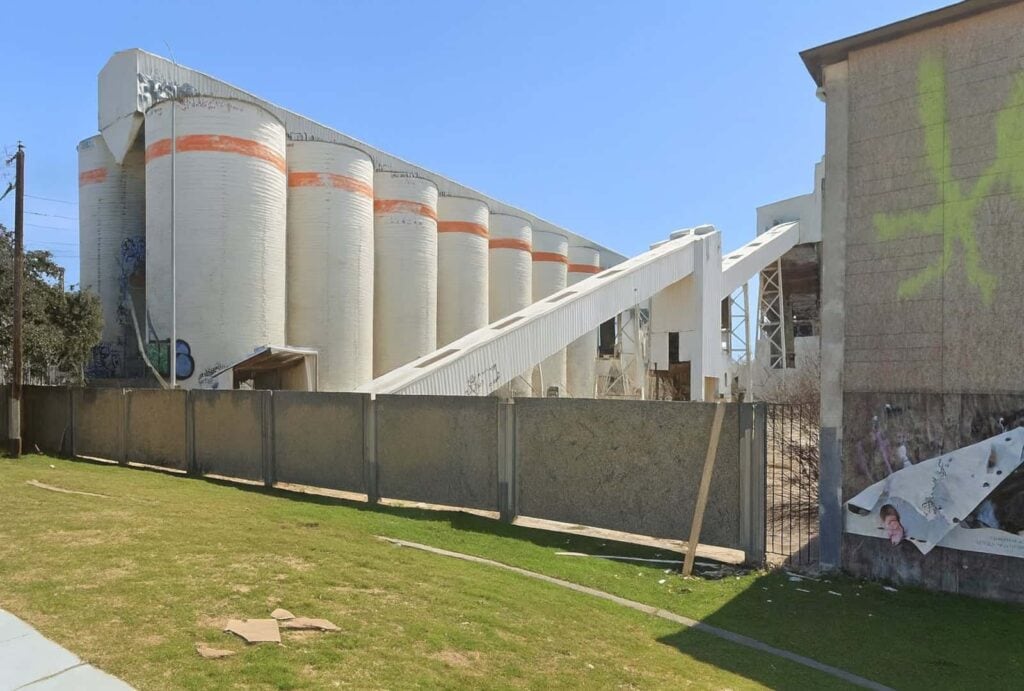
Ghosts in the Silos
Inside the plant today, the air is thick with rust and dust.
The catwalks creak underfoot, and the long metal ramps bow in the middle.
Explorers climb them anyway, stepping carefully across broken grates to reach the roof.
From there, you can see all of downtown glowing at dusk, the same skyline the plant helped build.
There are traces of recent life: sleeping bags, spray paint cans, scorched wood from small fires.
A man fell from one of the upper platforms in 2023 and died; the accident was reported briefly in local news.
The city cited the property for safety violations and fire hazards.
Officials called it an eyesore. But for some residents, it is more than that.
It is a reminder of the working-class West Dallas that existed before redevelopment, before Trinity Groves turned the riverfront into a place for craft cocktails and rooftop yoga.
Each passing year adds more graffiti, more weeds, more decay.
The silos still bear the faded logo: Southern Star Concrete.
A Future Still on Paper
In 2023, a new name appeared on the title: Goldenrod Companies, a Nebraska-based developer that bought West Dallas parcels.
Along with West Dallas Investments, Goldenrod formed a company to hold and redevelop the property.
City filings mentioned mixed-use plans again, the same dream of apartments, hotels, and retail that had lingered since 2015.
Two years later, the property remains fenced and idle. Cleanup crews have come and gone.
Security guards patrol at night, but the site continues to attract trespassers and photographers.
City officials say the owners are finalizing plans. No one can say when the ground will break.
It is a familiar story in Dallas, where ambition often outruns follow-through.
The land beneath Southern Star is too valuable to stay empty forever.
But for now, the skyline it built is the only monument to what once happened there.
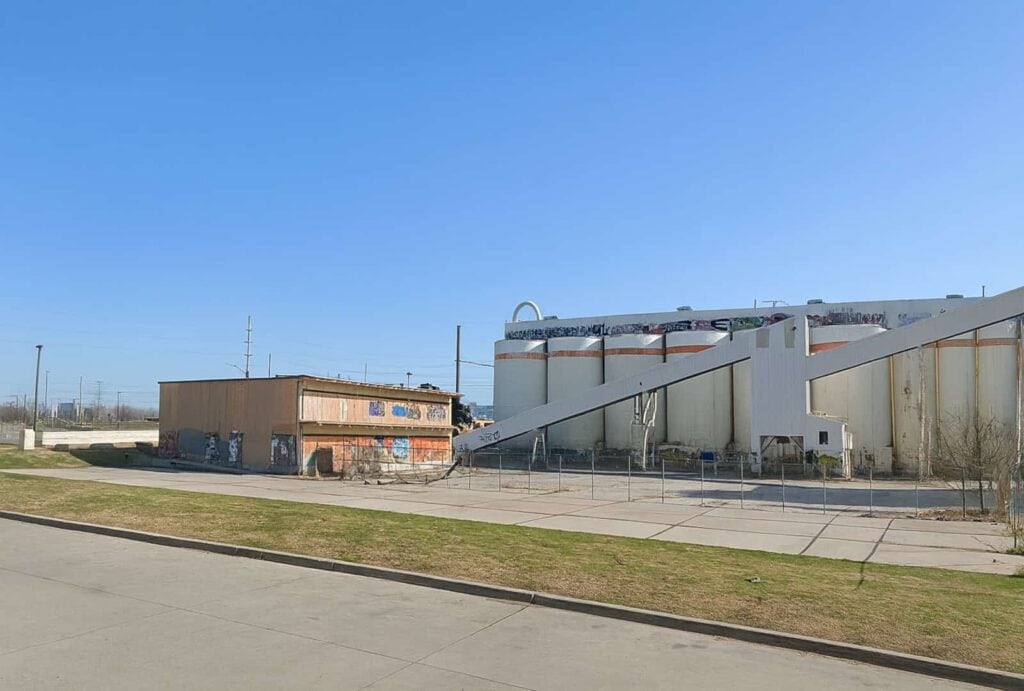
What the City Forgot
The Southern Star plant was never meant to be beautiful. It was built for work, for volume, for reliability.
Yet standing beneath its rusted silos today, surrounded by the city it helped create, there is a strange dignity to its decay.
The plant poured the bones of Dallas and then was quietly erased from its future.
Developers promise that something new will rise here. A tower, a plaza, maybe a hotel with a rooftop bar.
When it comes, few will remember that for fifty years, this was the place that made Dallas solid.
Concrete from these silos became freeways, bridges, and stadiums.
It hardened into the city's foundation, long before the word "redevelopment" ever appeared in zoning plans.
The Southern Star plant is still standing, at least for now, its gray towers watching the lights flicker on downtown.
It built the city. Then it was forgotten by it.
And somewhere between those two truths lies the real story of Dallas' progress.

